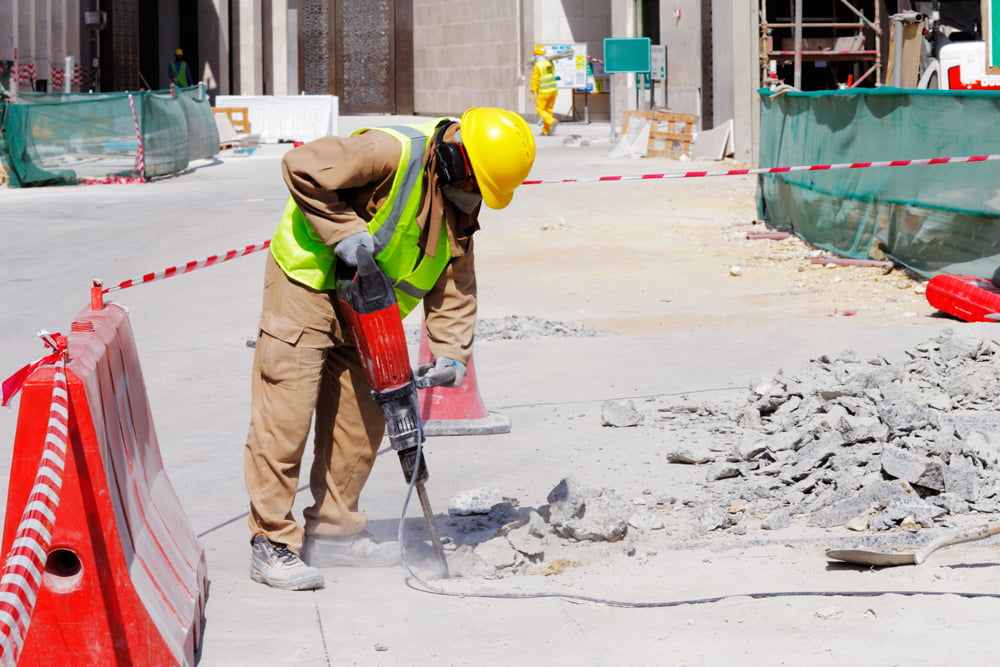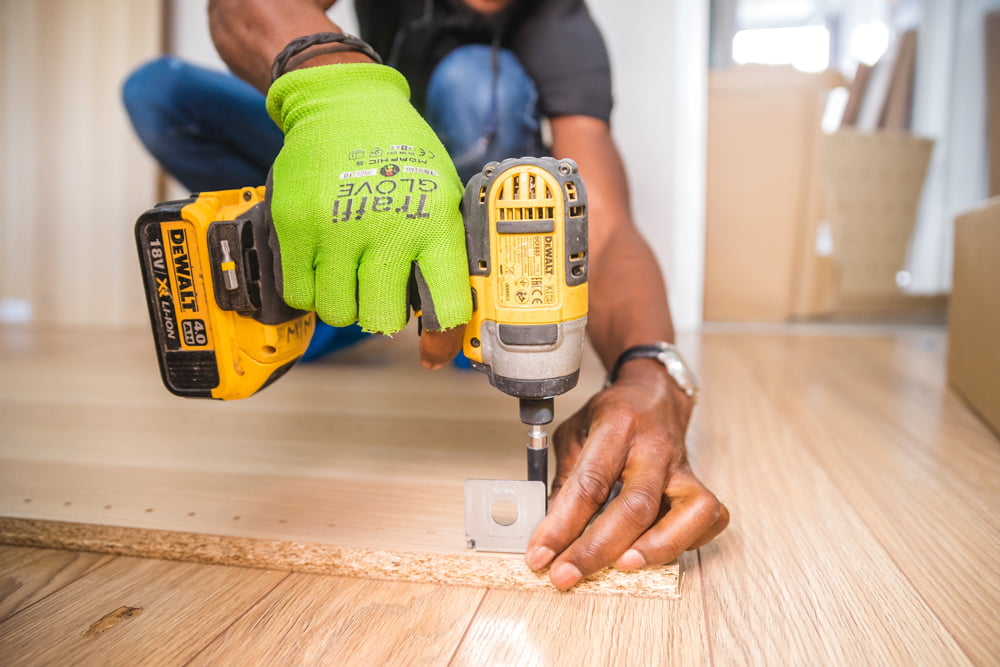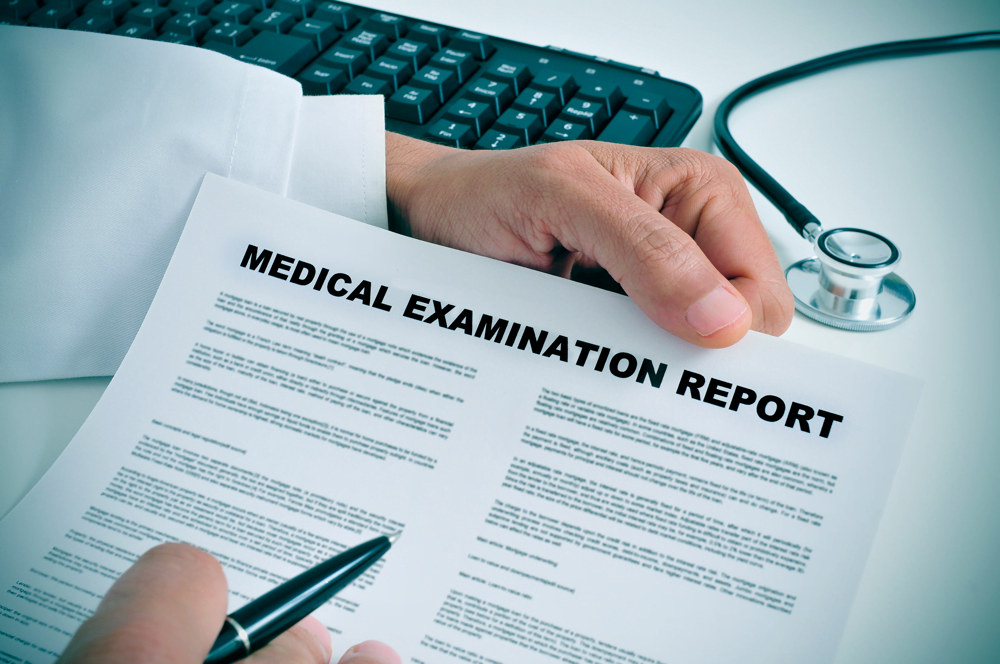What Do Statistics Show?
Indicating a worrying 375% rise in new hand-arm vibration cases, the most recent HSE statistics show over 300 new cases of HAVS reported in 2021, as well as 165 new cases of Carpal Tunnel Syndrome and 255 new cases of Dupuytren’s Contracture.
These new data are particularly concerning since the conditions placing workers at risk are easily preventable, however once the damage is done it is irreversible and can cause serious difficulties in the daily lives of those affected.
Which Industries Are at Risk?
The disturbing rise in HAVS cases is not the only aspect of the issue the HSE report raises awareness on. It also highlights the industries which involve the highest risk of developing hand-arm vibration conditions and whilst some of them have been long thought of as areas of concern (such as the construction and mining industry, for example), others have not been previously considered (like the service sector). Parts of the service industry having reported over half of new cases in 2021 include:
- Motor vehicle repair
- Food and accommodation services
- Transport and storage

Some of the more common industries likely to involve hand-arm vibrations are:
- Building and maintenance of roads and railways
- Estate management
- Forestry
- Foundries
- Heavy engineering
- Manufacturing concrete products
- Public utilities
- Shipbuilding and repair

What Are the Regulations?
Advice for employers provided by the HSE includes information on what you are required to do under the Control of Vibration at Work Regulations to protect your employees from hand-arm vibration in case there are risks involved.
According to regulations, employers are obliged to assess the risks from hand-arm exposure and identify the appropriate measures to reduce them in order to protect the wellbeing of their workforce.

The advice clearly states that whilst low risks require measures which can be ‘simple and inexpensive’, high risks should be managed by implementing a ‘prioritised action plan’ designed to control the exposure of employees to hand-arm vibrations. This includes:
- Measures designed to control vibrations are correctly applied
- Employees are provided with adequate information, training, and health surveillance
Are My Employees at High Risk of Hand-Arm Vibration Exposure?
As advised by the HSE, this depends on how frequently your employees are required to work with vibrating tools, equipment, and materials, as well as how long they are exposed to vibration and at what level. They provide the following indicators which show you should take action regarding vibration exposures at your workplace:
- Employees complaining of tingling and numbness in their hands after using vibrating tools
- Employees hold work pieces which vibrate while being processed by power machinery
- There is regular use of hand-held or hand-guided power tools
- Workers regularly operate hammer action tools for more than 15 minutes a day or rotary/ other action tools for more than one hour per day
- You work in an industry which involves a particularly high exposure to vibrations (e.g., construction, foundries, or heavy steel fabrication/shipyards)
The Need for Focused Action
Of course, the COVID pandemic and the subsequent response by the government have affected recent trends in health and safety statistics. However, a continuous rise has been observed in HAVS cases over the course of five years now, which means the statistics are likely not the result of the pandemic, and are a clear indication that businesses need to prioritise action plans to manage and reduce hand-arm vibration risks.

If your business is in need of an effective HAVS screening programme, but you are unsure where to begin, don’t worry! Healthscreen can help you with developing a detailed action plan to keep your employees safe, and your business- compliant with regulations. We can also advice you along each step of the Tier System for HAVS assessments enforced by the Control of Vibration at Work Regulations.
Taking action sooner rather than later is essential. Click here to contact us for more information or request a free, no-obligation quote!







